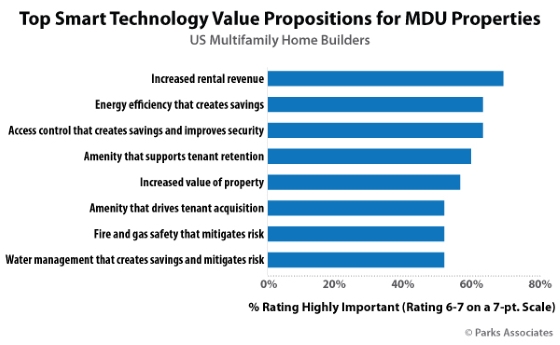Improving Wireless Connection and Performance in Multi-Unit Environments for Maximum Customer Contentment
Improving Wireless Connection and Performance in Multi-Unit Environments for Maximum Customer Contentment
Blog Article
In the current environment, maintaining a robust and reliable Wi-Fi connection is essential, particularly in multi-dwelling environments like apartments or condominiums. Numerous individuals depend on the network for employment, education, and entertainment. However, Wireless signals can have difficulty to extend to every corner of these structures due to multiple barriers. These hindrances can consist of partitions, levels, and other digital devices that interfere with the signal. To improve Wi-Fi signal strength and functionality in these settings, it is critical to grasp some foundational concepts of Wi-Fi networking.
One efficient way to boost Wireless operation is by intelligently positioning gateways and extenders throughout the property. A middle placement is usually best, as it allows the signal to travel evenly in all directions. In larger multi-dwelling residences, several repeaters may be required. These units assist increase the reach of the wireless infrastructure and deliver stronger service to occupants in different sections of the structure. Additionally, deploying equipment that adhere to the current Wi-Fi protocols can result in higher speeds and enhanced overall performance.
Another important factor in improving Wi-Fi connectivity is reducing interference from other electronics. Most household items, such as ovens and wireless handsets, can interfere with Wi-Fi transmissions. It is recommended to position routers away from these devices to maintain a more stable signal. Additionally, adjusting the frequency settings on a device can assist in reduce conflict from neighboring networks. Most devices by default select the most suitable band, but manually choosing a this page less congested one can improve efficiency.
Periodically refreshing device software is also necessary for maintaining maximum wireless explanation performance. Manufacturers frequently release patches that resolve bugs and enhance protection features. Keeping the software up-to-date guarantees that residents benefit from the most recent improvements and protections against possible threats. Furthermore, monitoring network usage helps detect which endpoints consume more resources, allowing for better allocation of existing resources.
Ultimately, educating residents about best practices for using Wi-Fi can greatly improve their performance. Basic steps such as connecting only required devices, employing Ethernet links when feasible, and regularly restarting the router can make a difference. By fostering a community that understands how to maximize their Wi-Fi efficiency, multi-unit environments can enhance user experience and ensure that everyone experiences a consistent internet service. This combined method of strategic deployment, reducing interference, maintaining hardware, and educating residents will result in a more efficient and satisfying Wi-Fi experience for all residents.